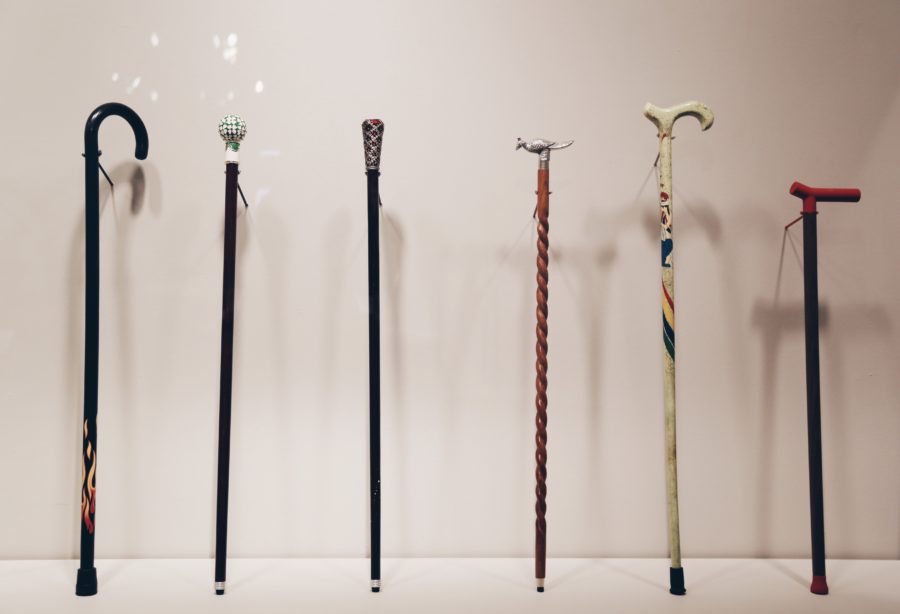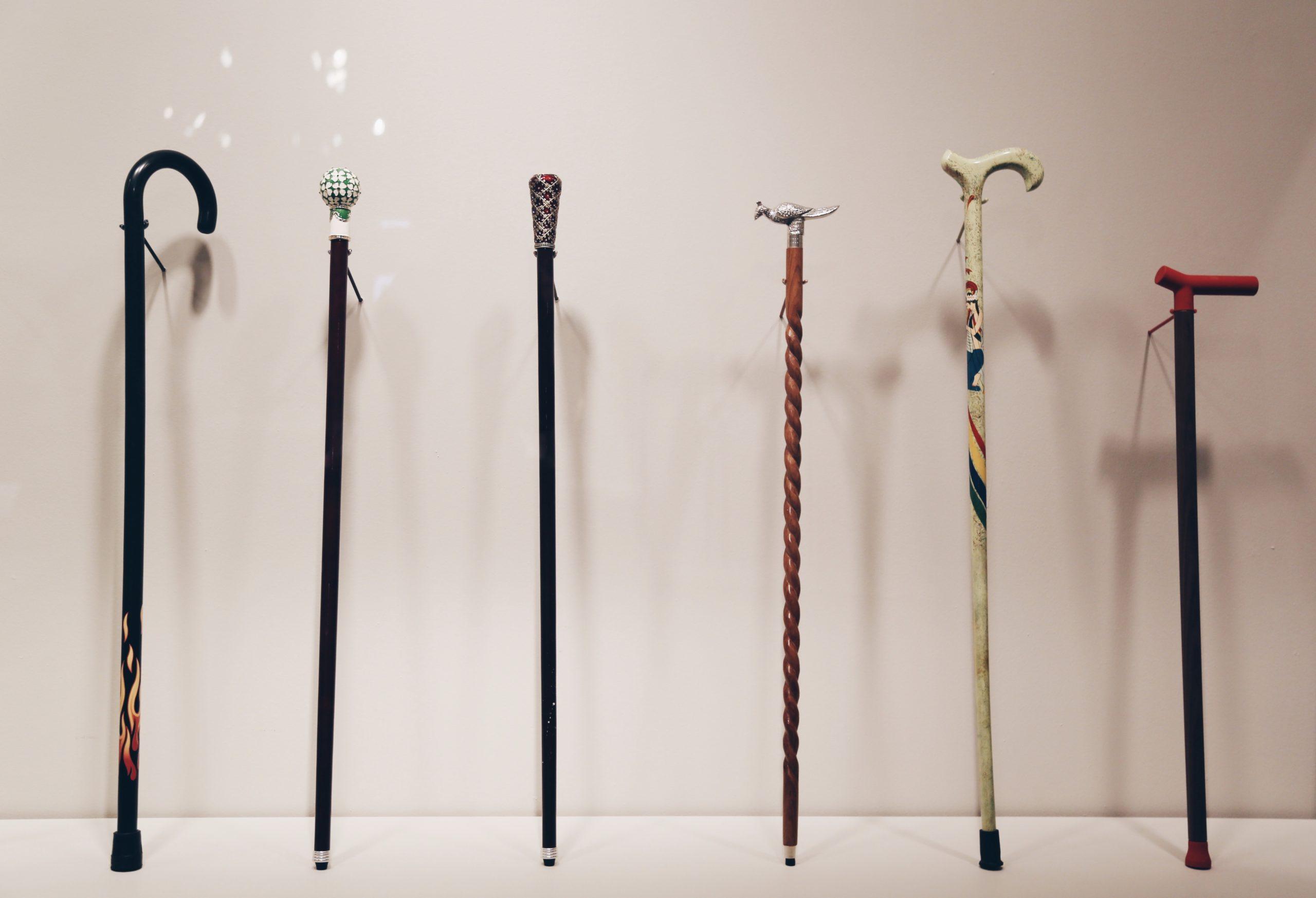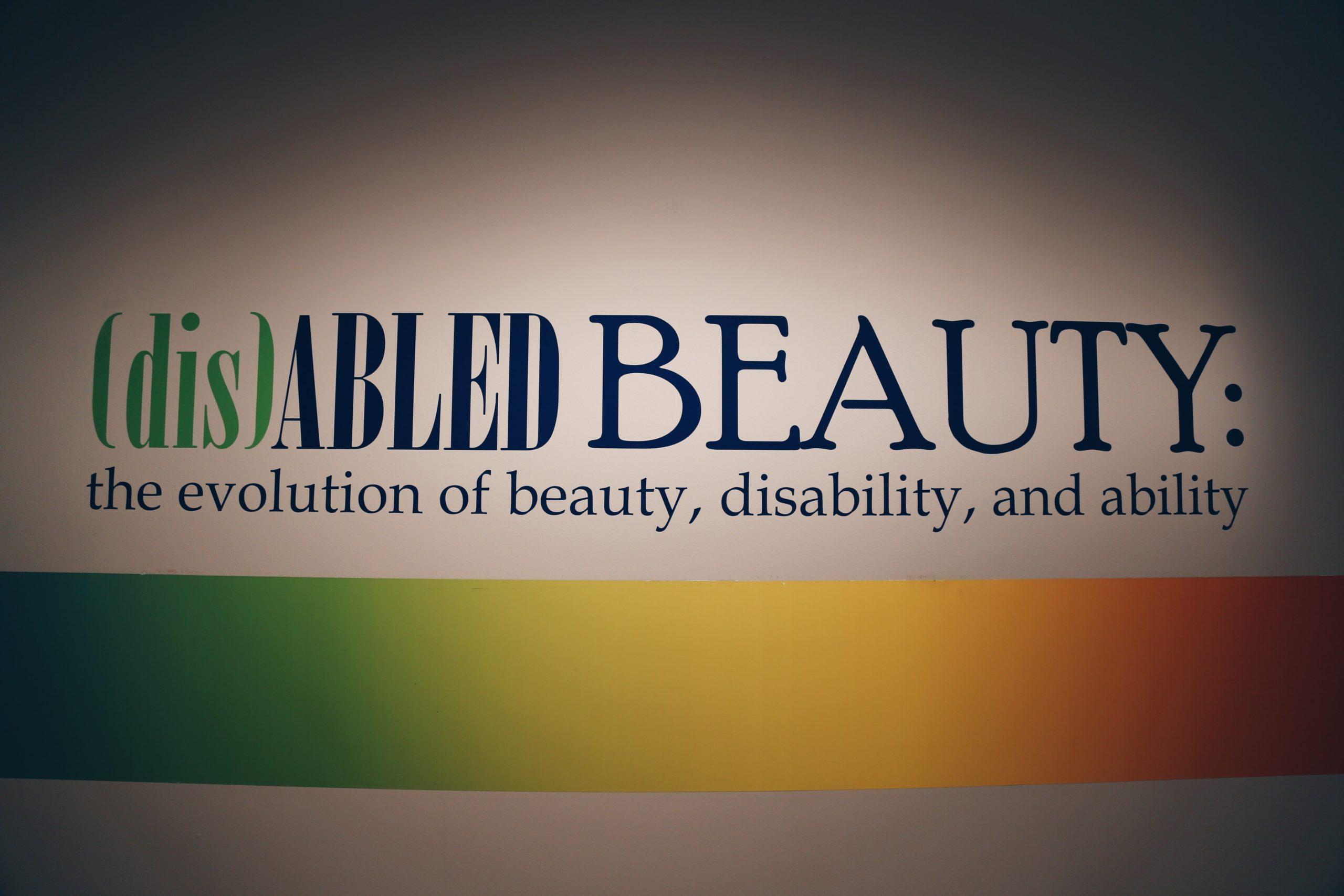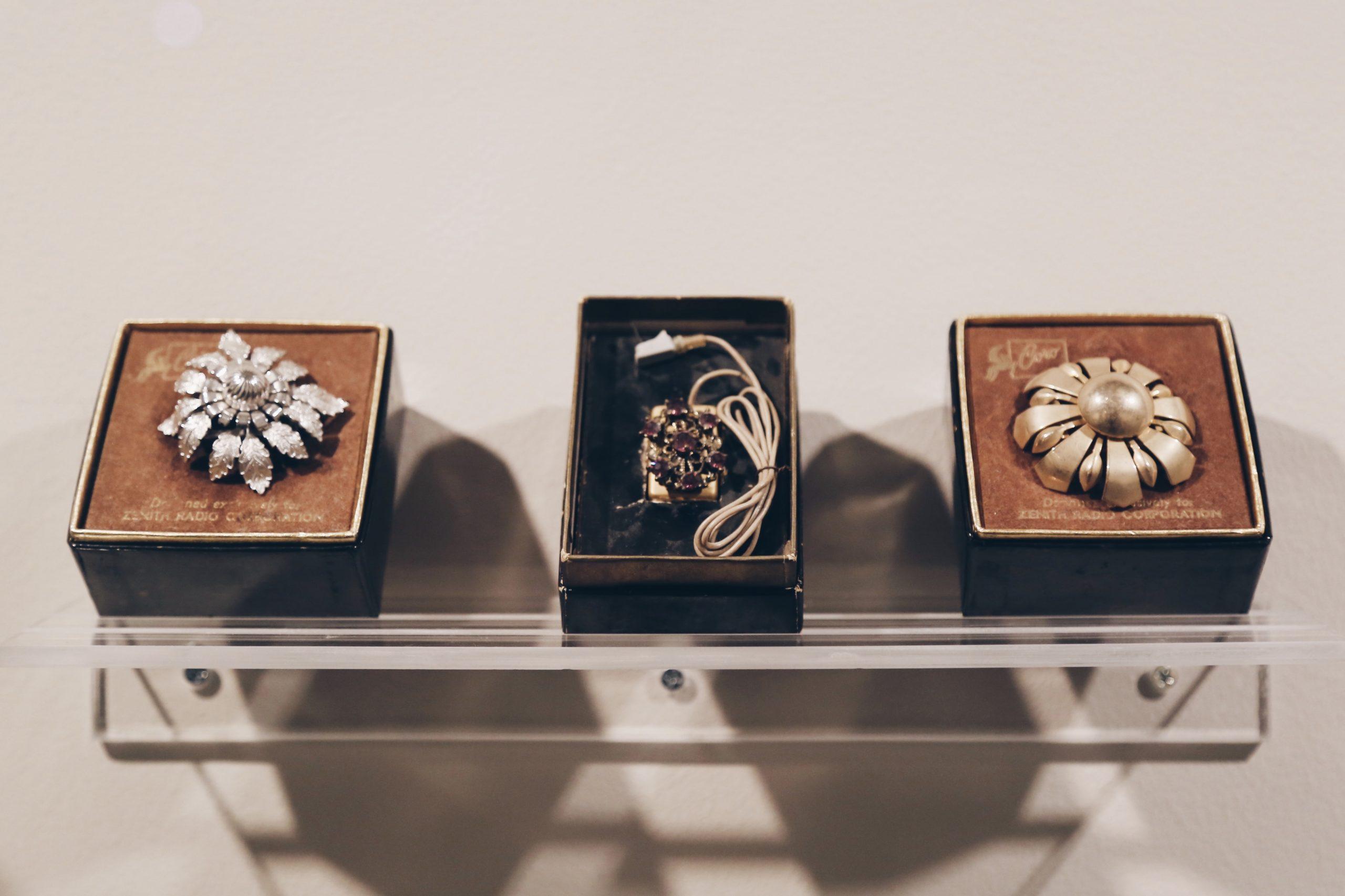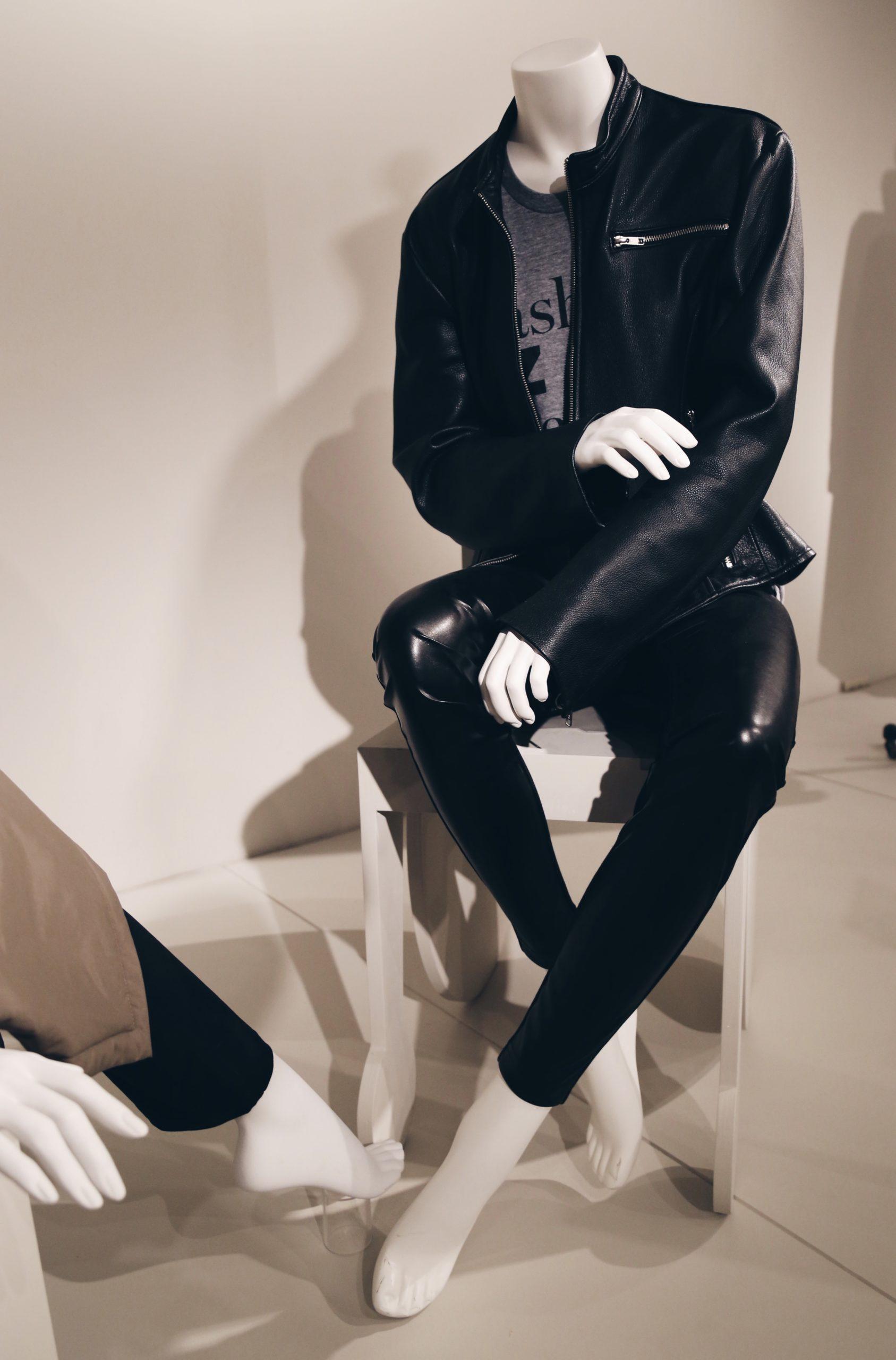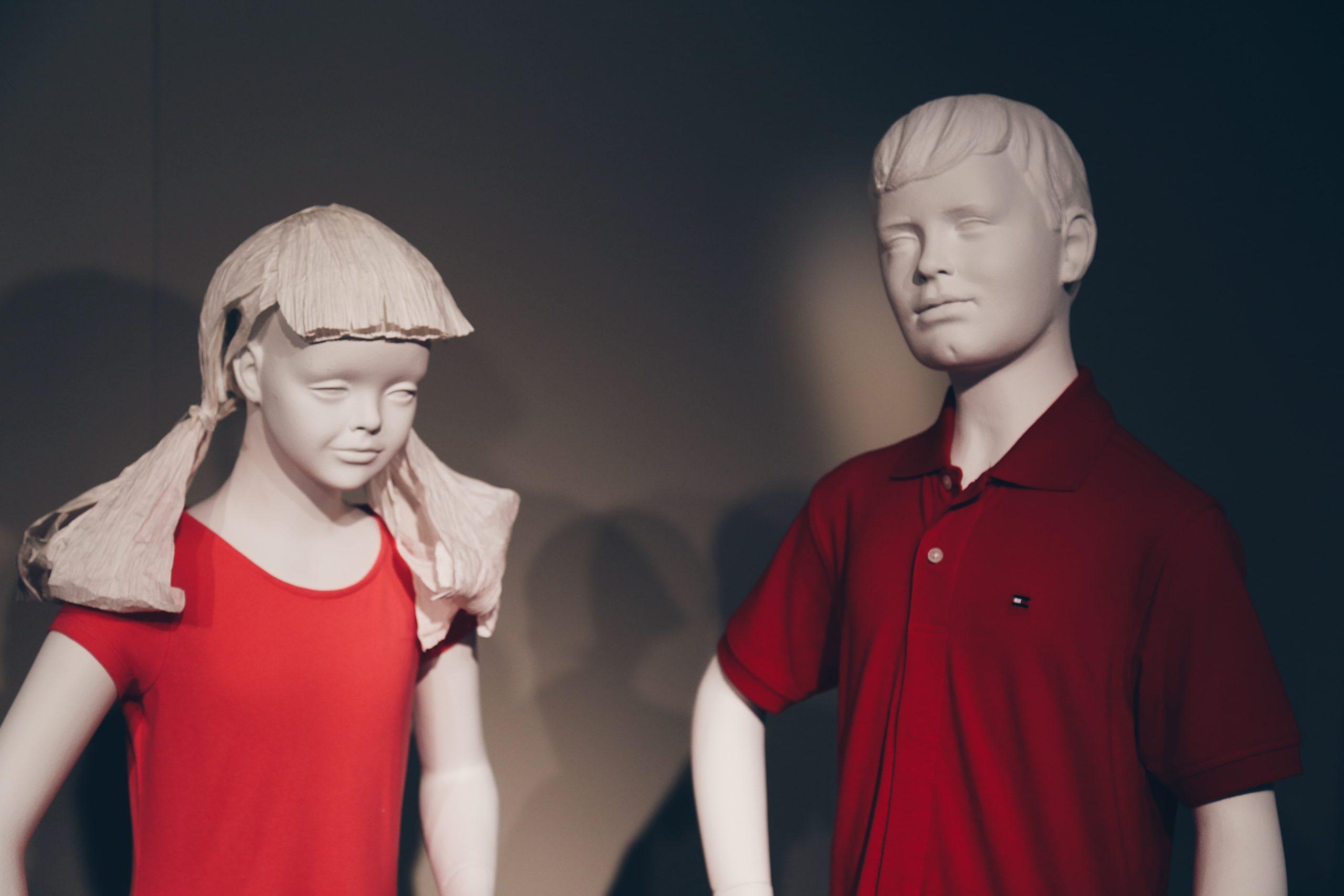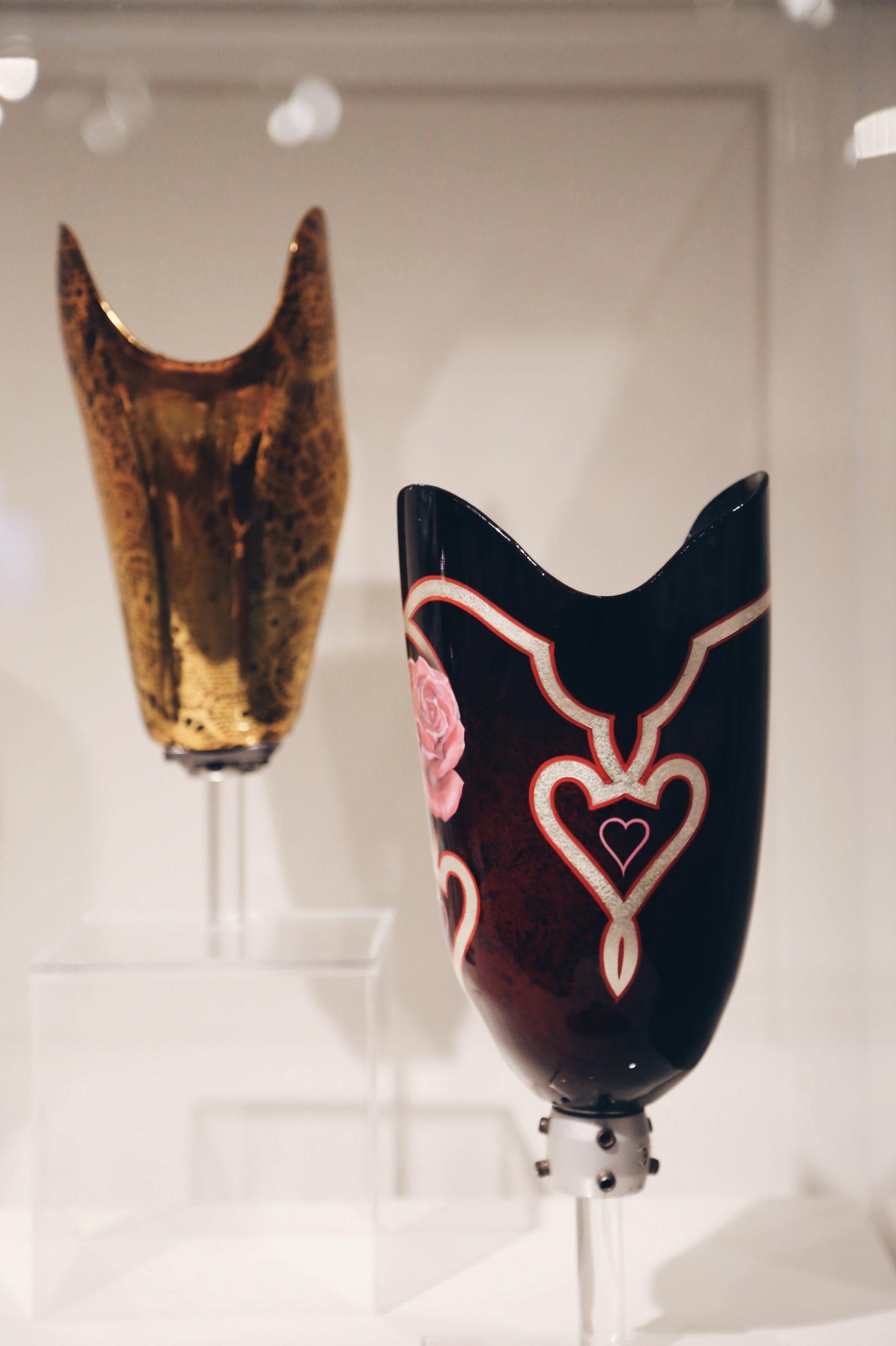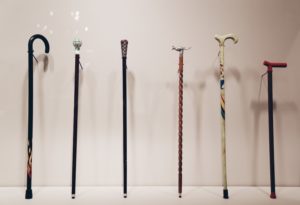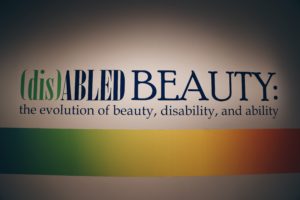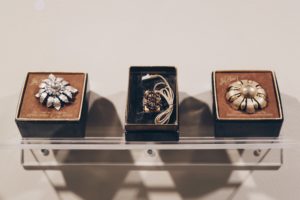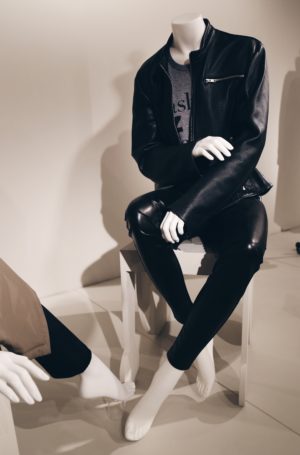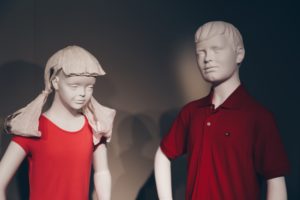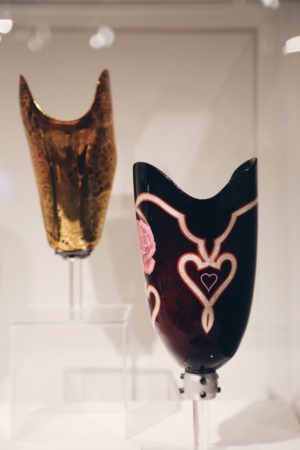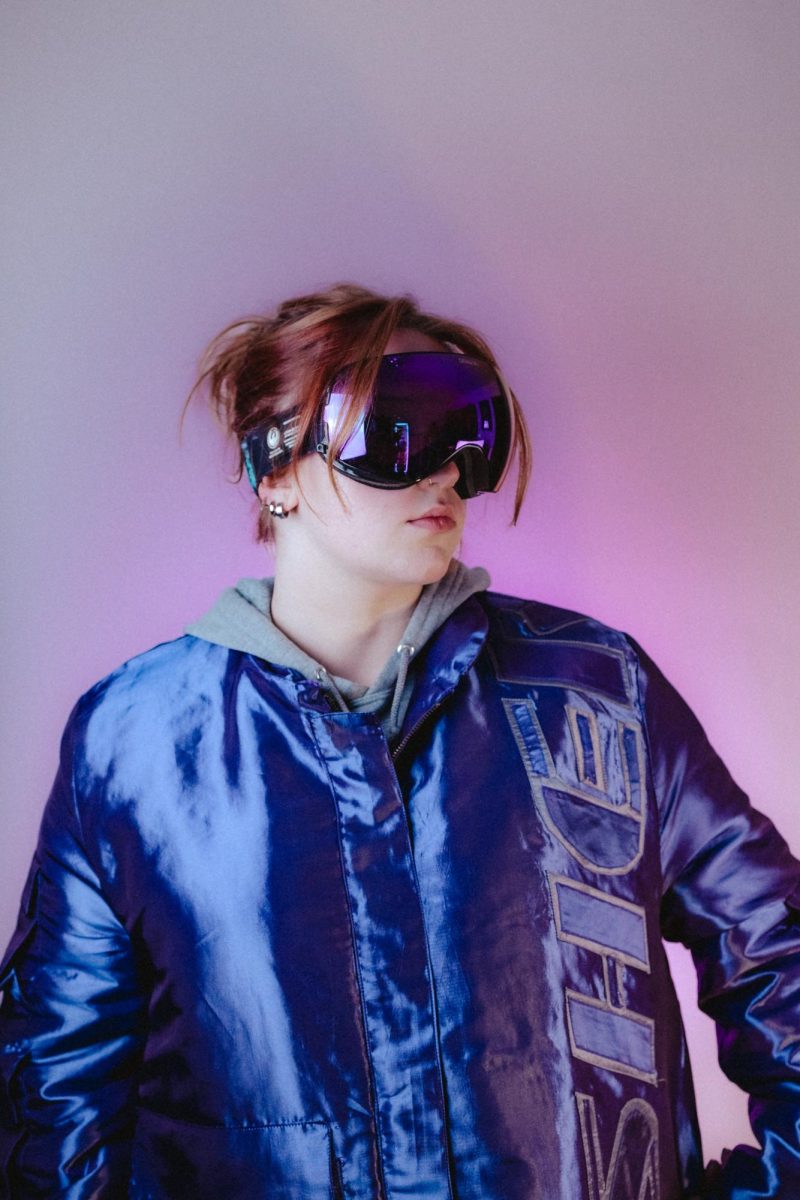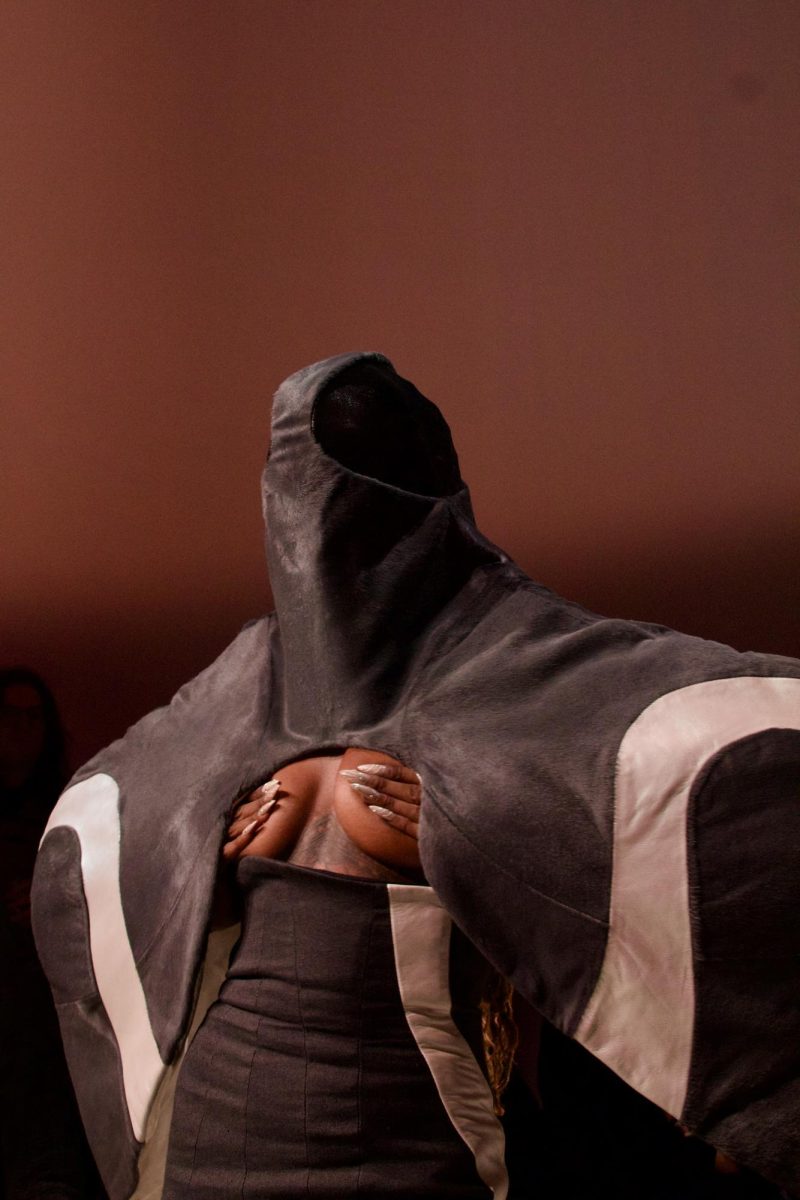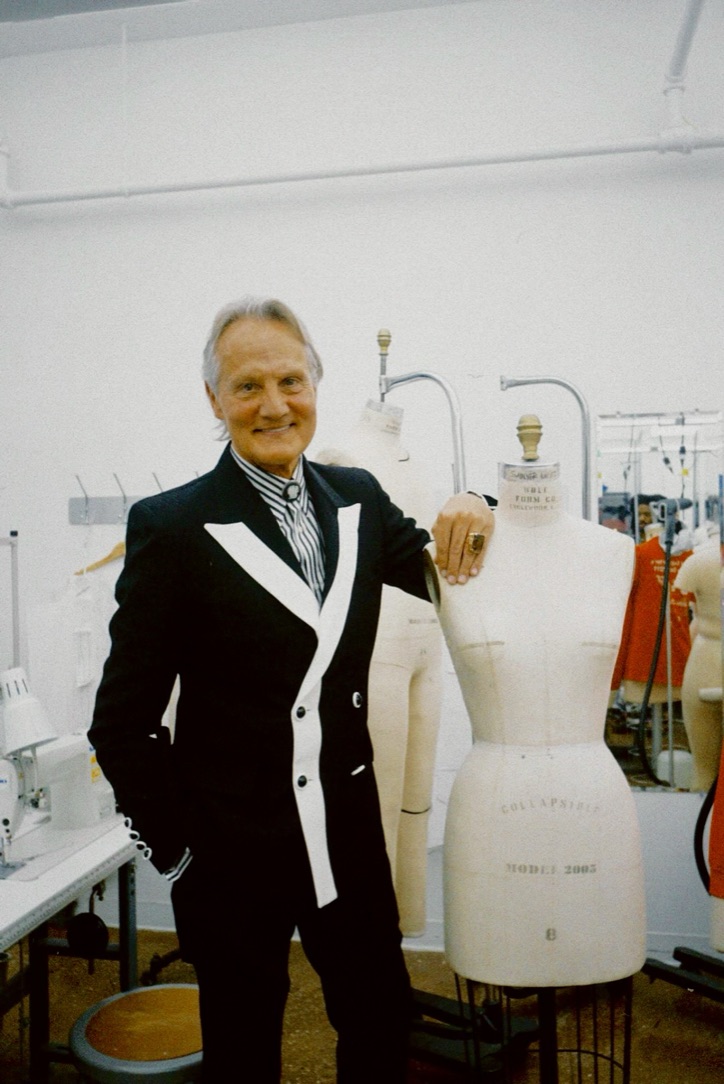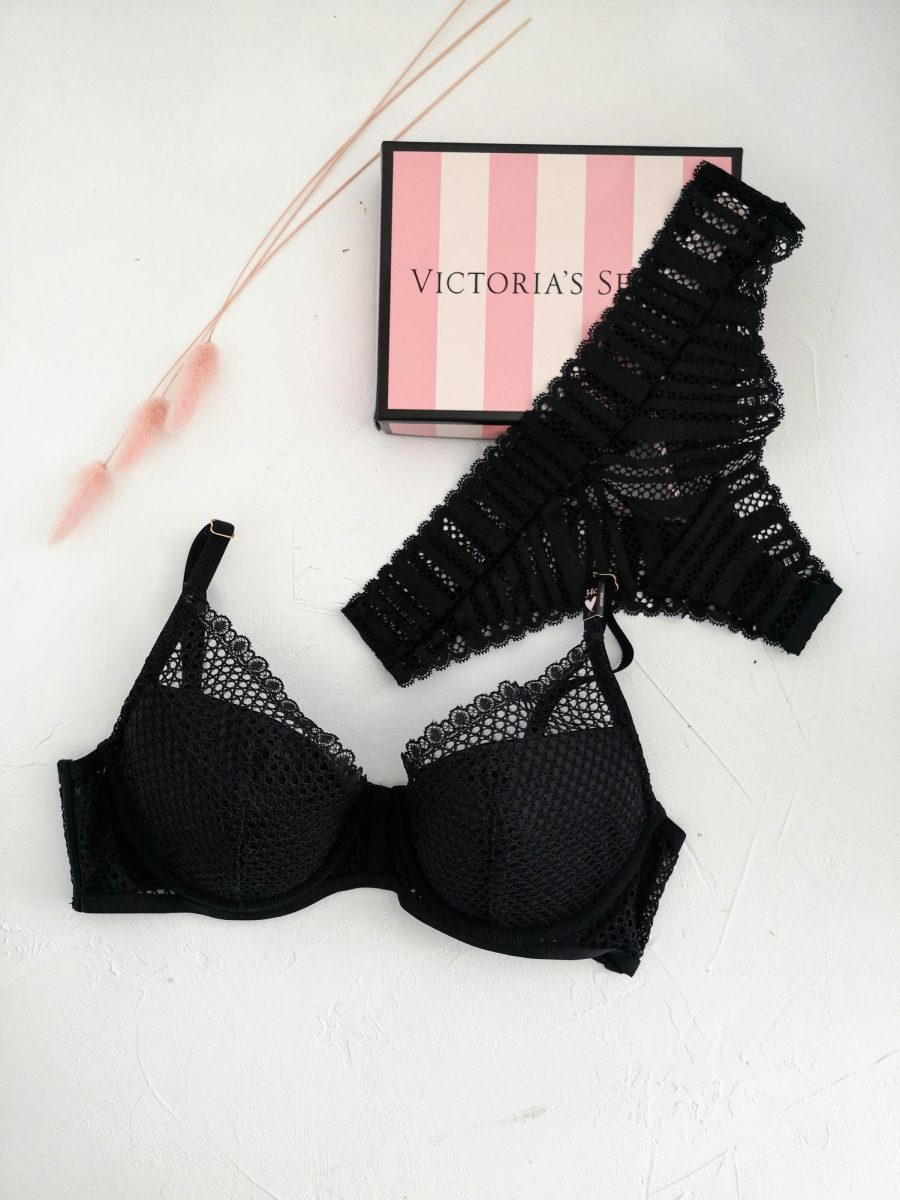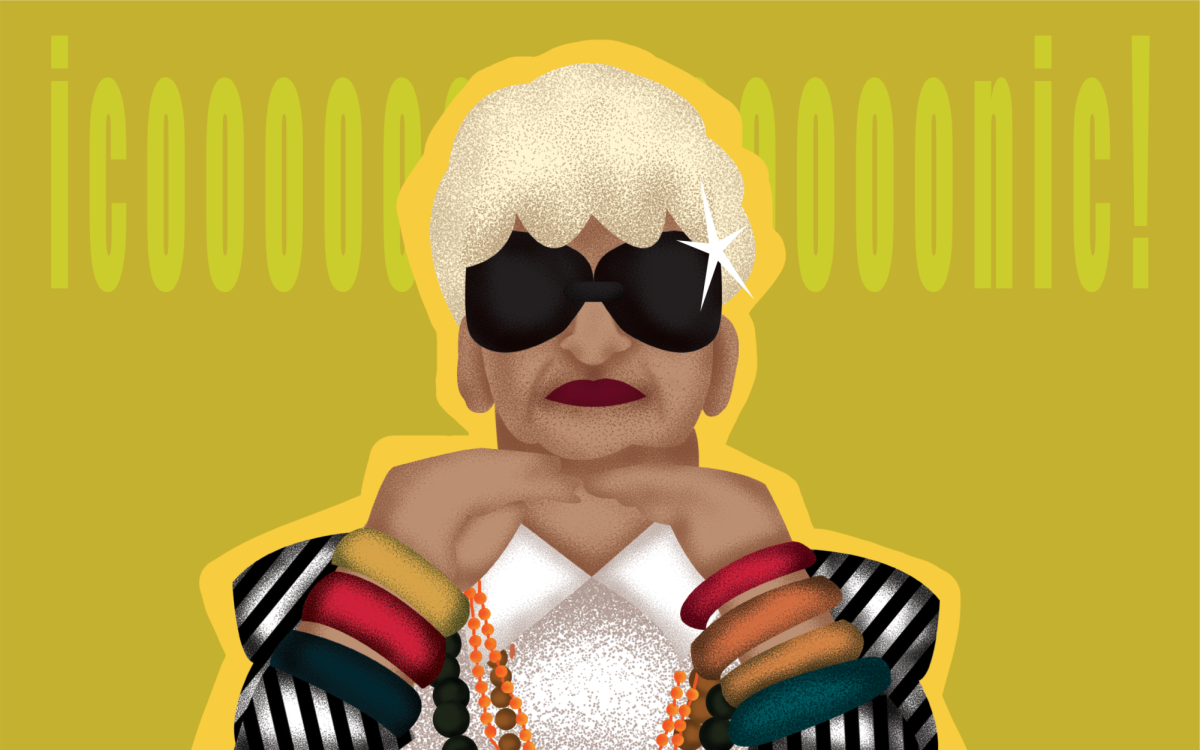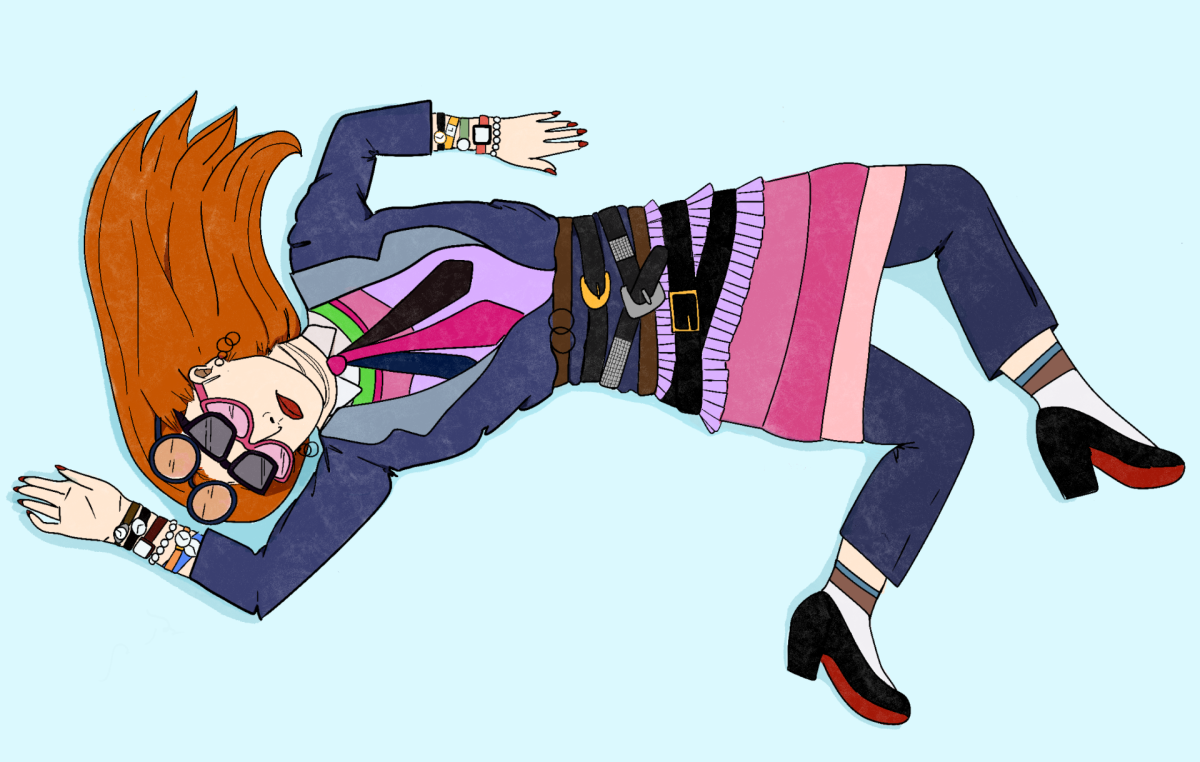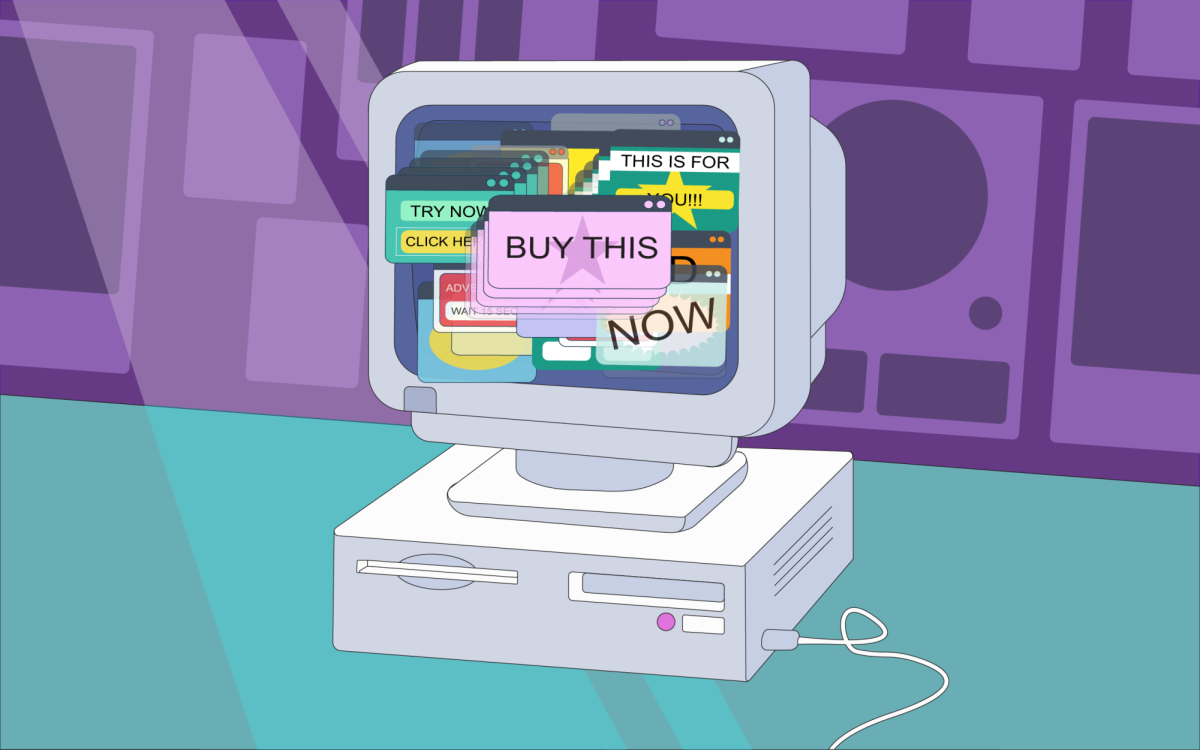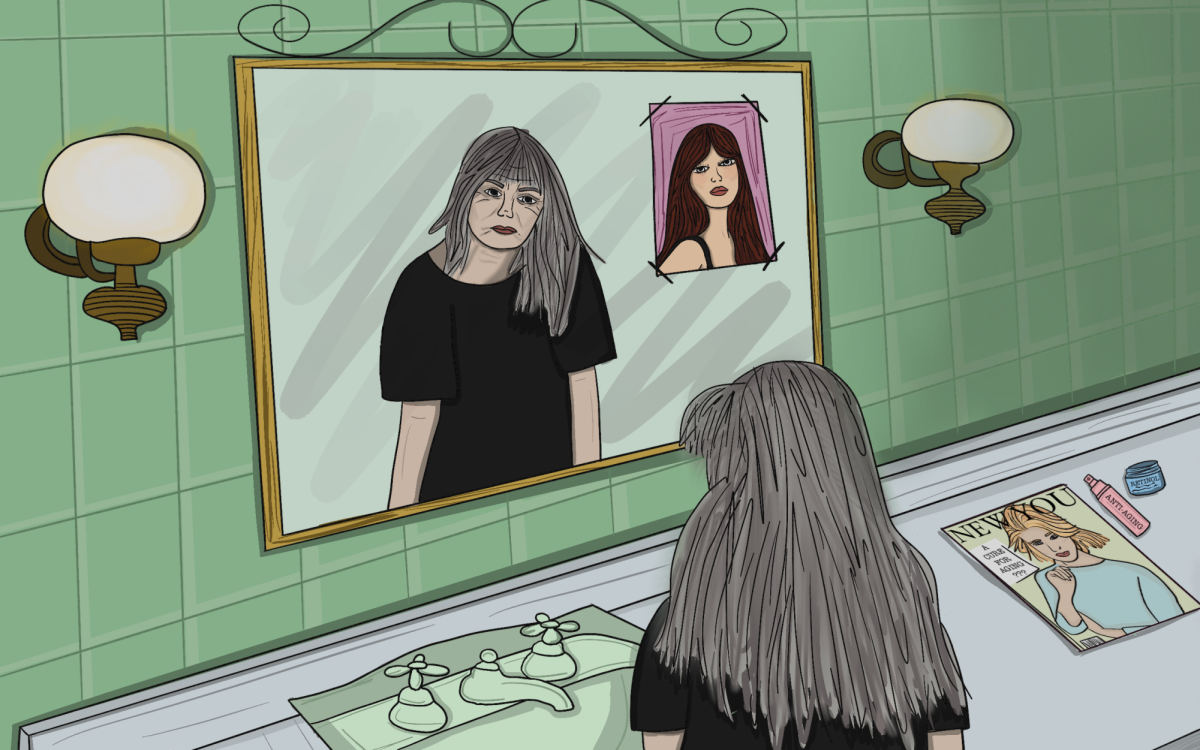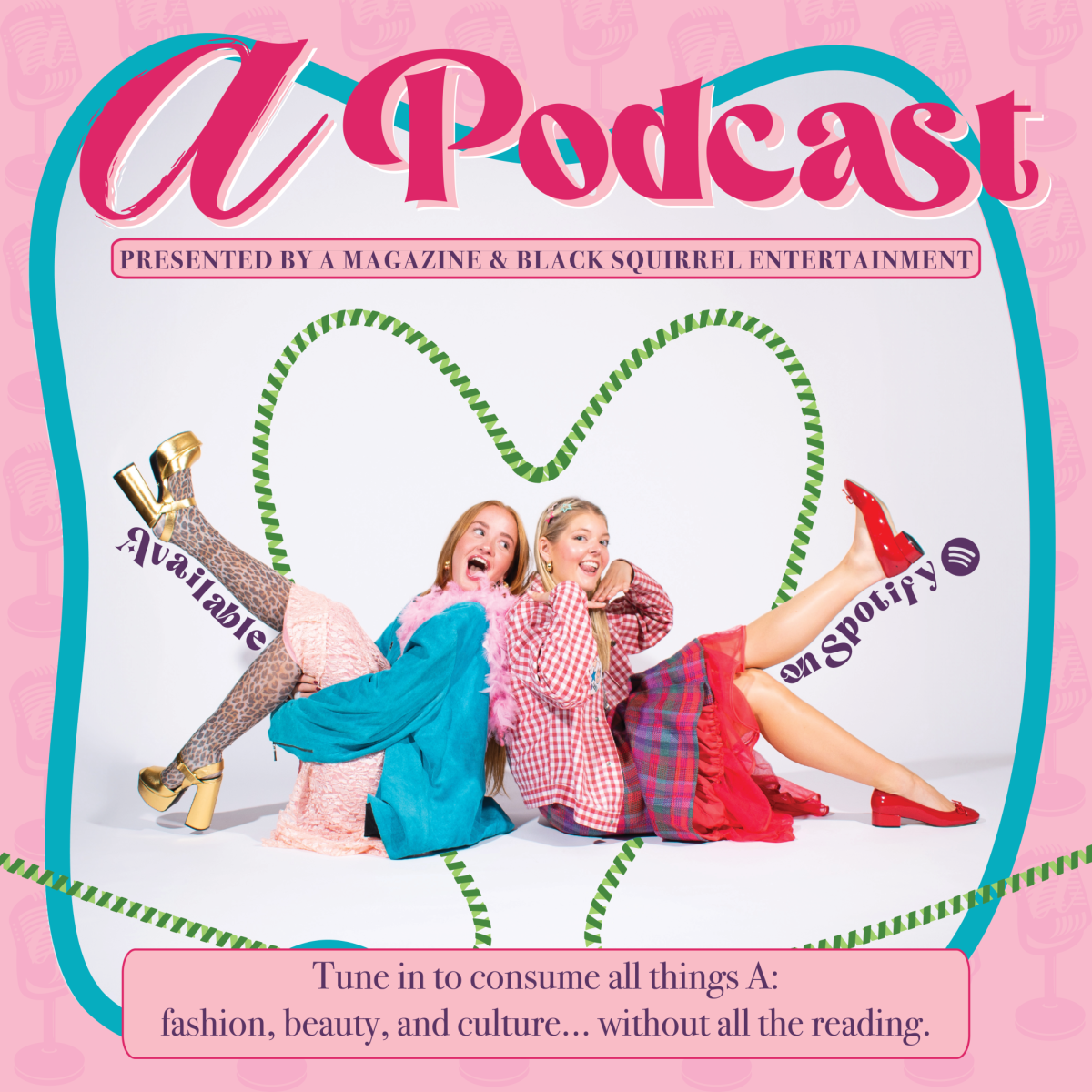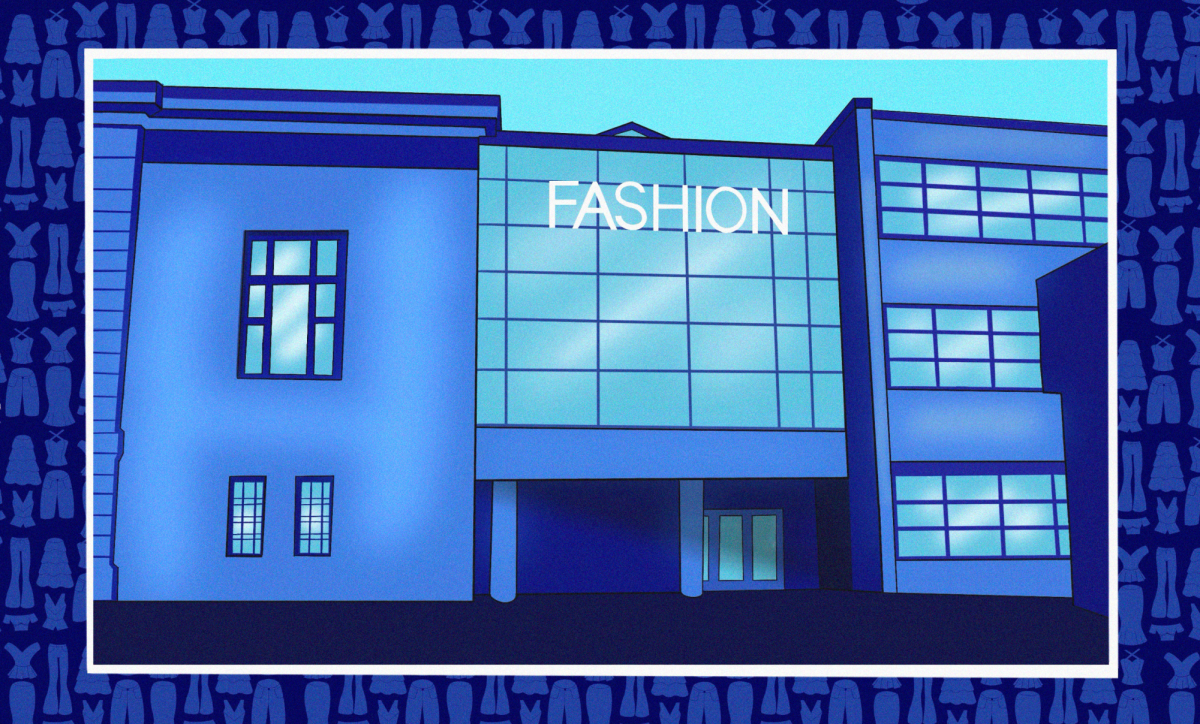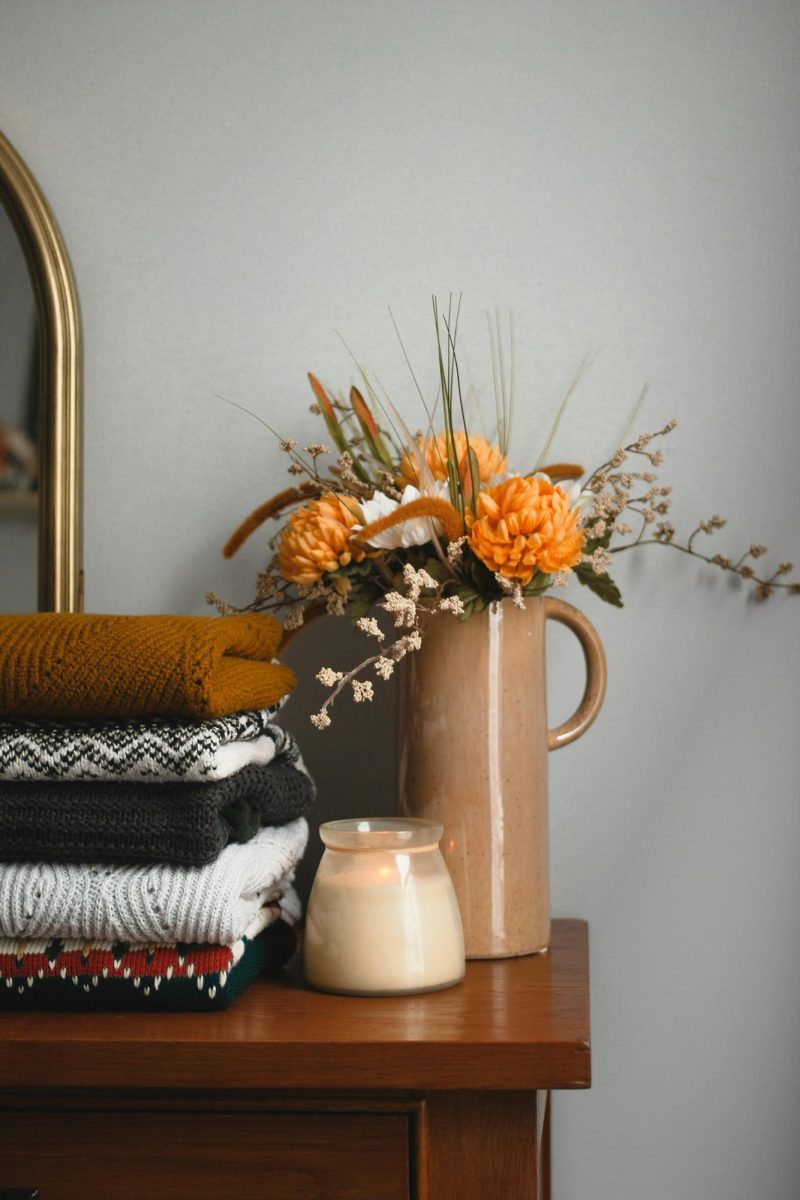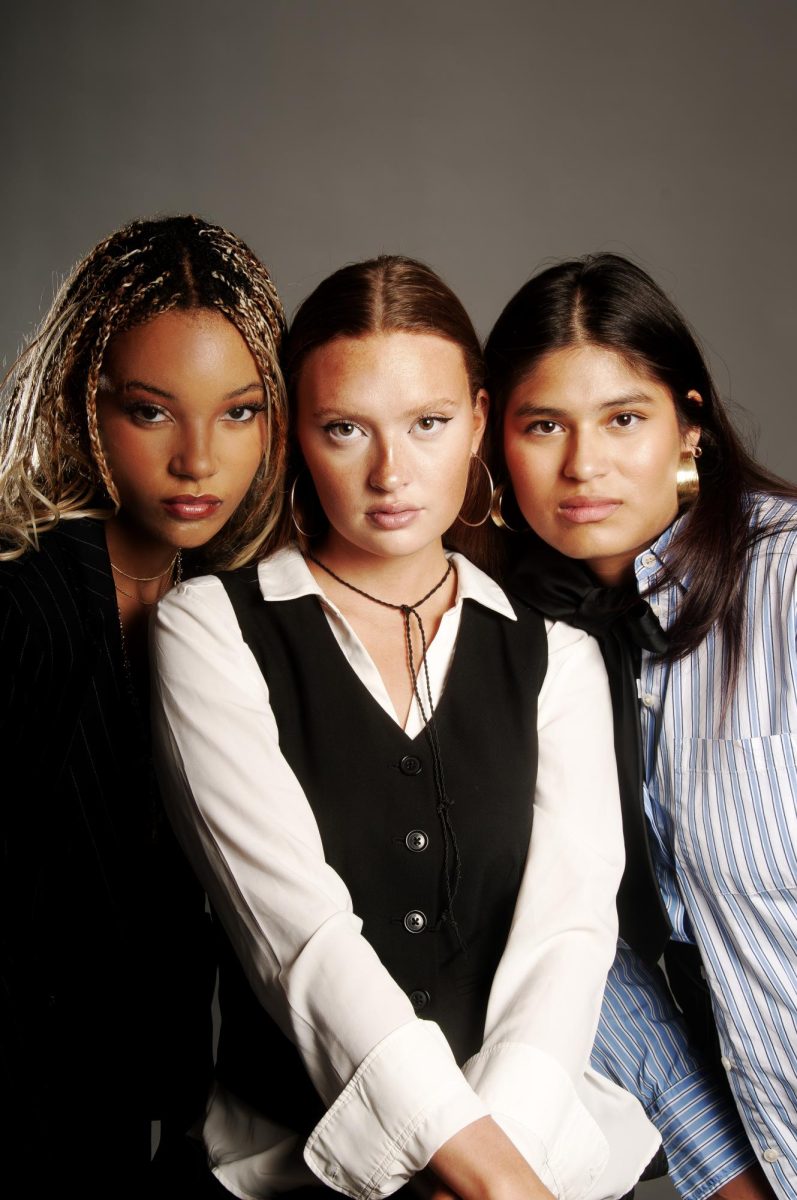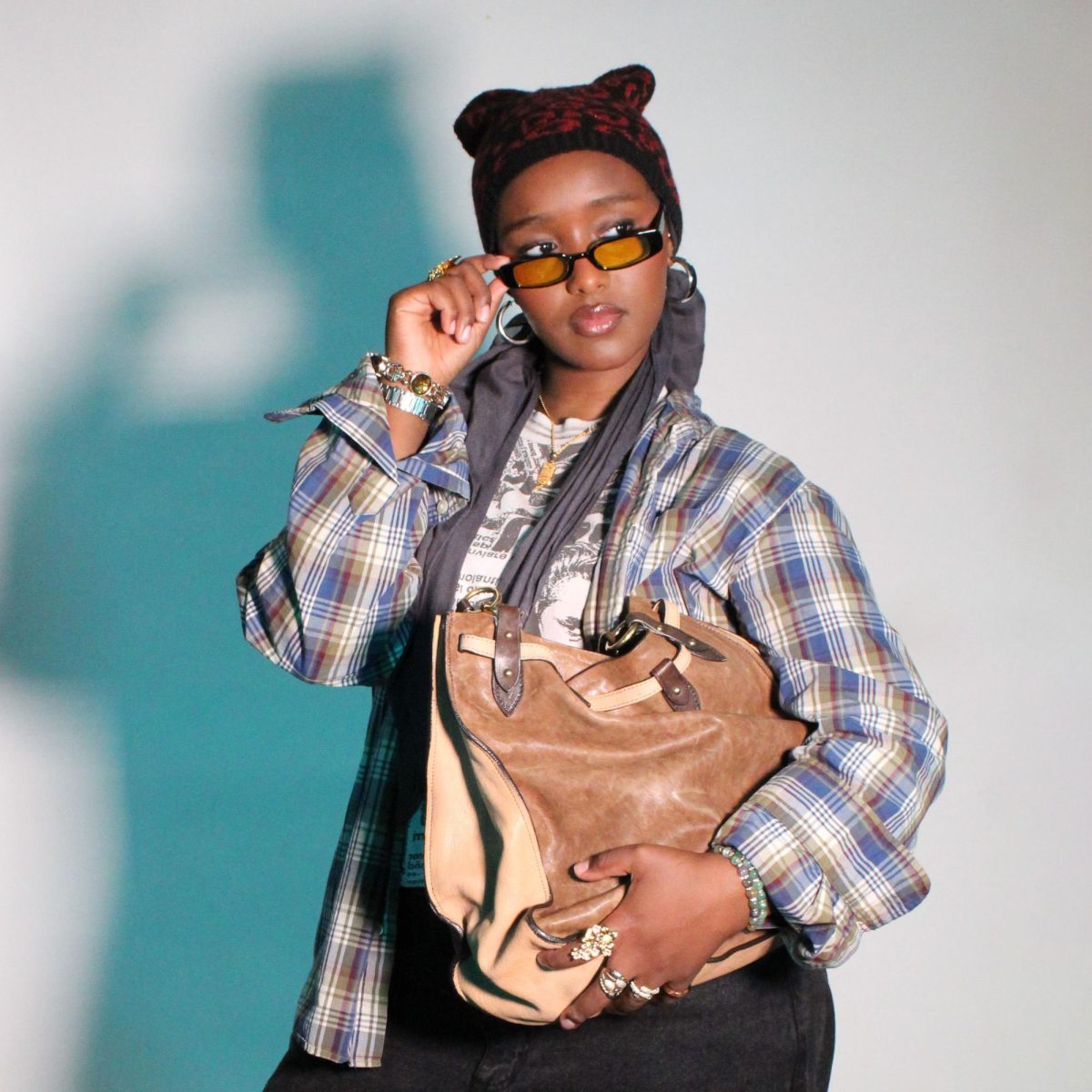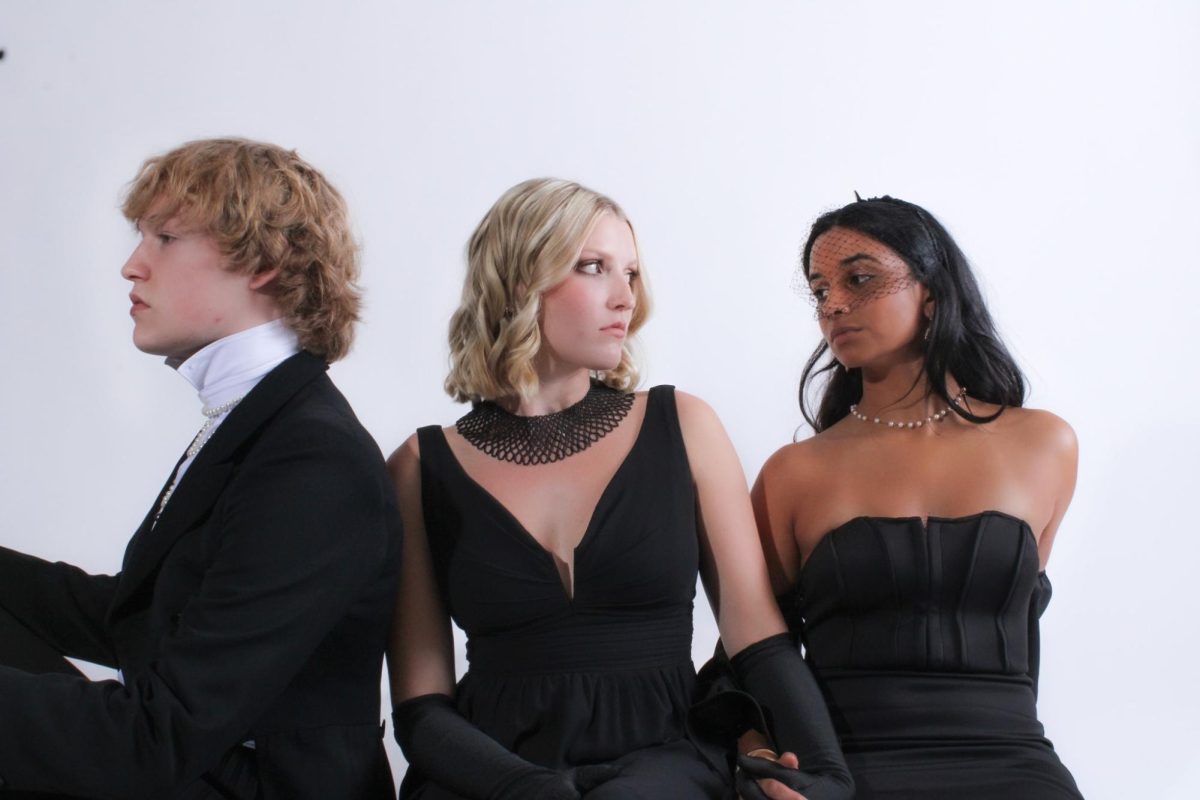*(dis)ABLED BEAUTY: the evolution of beauty, disability, and ability.
Nike and Tommy Hilfiger have two unexpected similarities; both companies have designed and created fashion for differently-abled people. Nike created the FlyEase after a young man with cerebral palsy wrote a letter to Nike’s CEO. Tommy Hilfiger then partnered with Runway of Dreams, a non-profit that works with top brands and retailers. Together, they adapt mainstream clothing with design modifications and wearable technology to make the clothes wearable for individuals with special clothing needs.
The Nike Zoom LeBron Soldier 9 FlyEase and a handful of pieces from Tommy Hilfiger Runway of Dreams collection can be seen in the Kent State University Fashion Museum. The museum has a tradition of showing fashion history and creating original exhibits, bringing attention to different industry trends and issues. Under that tradition, Dr. Tameka N. Ellington and Dr. Stacey R. Lim were the guest curators of (dis)ABLED BEAUTY: the evolution of beauty, disability, and ability.
This exhibit took about three years to put together and displays apparel, hearing devices, prosthetics and other assistive devices, which adds to the wearer’s ability and fashion. It opened July 29, 2016 and will close March 12, 2017.
Dr. Tameka Ellington sat down with A Magazine to answer some questions about (dis)ABLED BEAUTY.
Q: What inspired the exhibit?
A: I was working with a friend of mine named Dr. Lim; she is an Audiologist (and professor at Central Michigan University). She and I became friends when we were here (KSU) as doctoral students together. We knew we wanted to do a project together. We ended up doing a research study all about aesthetics and functionality of hearing aids (with teenagers).
That research project led into (dis)ABLED BEAUTY. We took the research to a conference, and we got a chance to meet this woman (Martha Hall) who had done some research on prosthetics, like prosthetic limbs and the fashionable pieces that you might see on the market. We were really inspired by her work, and we decided that there needed to be some kind of exhibition to show that these items actually existed in the market.
Q: How did you come up with the name?
A: We wanted to show beauty surrounding this special group of folks and the products that they have available, so we knew we wanted beauty to be apart of the title. The reason we put disabled beauty is because on campus, there’s disability awareness month that happens in October, so we wanted to give honor to the fact that Kent State University has been celebrating disability awareness month for quite some time now, and we wanted to be able to be in partnership as well as with what Student Accessibility and Service has been able to do.
So, a combination of Dr. Lim and my own concept and then in partnership with what disability awareness month is how we came up with the title. But really what the title is to supposed to show is that people with disabilities they don’t lack in ability. They can do whatever we can do, it’s just in a different way. So, they may not be able to do exactly the way someone who is abled bodied is able to do something, but that doesn’t mean they can’t do it; they can still do the job and do it well, and they can still be beautiful and do that well.
Q: How has the fashion industry changed with products like these becoming better known?
A: I wouldn’t say it’s been the fashion industry; it’s been other industries that have been changing. The fashion industry is really still kind of slow to catch up. It’s been a lot technologist and people who are engineers; they’ve been the ones who have been spearheading, I think, this kind of innovative movement for these products that people are using. We still have a long way to go in regards to fashion, I think.
There was only one company that I was able to represent that creates fashionable apparel for people with disabilities and that was Izzy Camilleri and her IZ collection; but I just found out she’s closing because I guess she’s not making enough sales and whatever else is the reason why. She was the only one in the market and now she’s closing down, which is pretty bad because now people who are wheelchair users are going to have to go back to what they were used to using instead of these cool products that they had that were functional and had some nice aesthetic qualities.
Q: You also produced a documentary for the exhibit, could you talk about it?
A: Dr. Lim’s husband is the owner of a filmmaking company called Due South Productions, which did all the filming and editing for the documentary and Dr. Lim did most of the interviewing.
Basically, what we did is we wanted to find out from people who have various different types of disabilities what their perceptions are of Americanized beauty and how they feel as though they fit or don’t fit. So, it was quite interesting to see some of the things they had to say about beauty and what it means to be someone who has a disability and still consider themselves beautiful.
Q: How have stigmas around this subject changed?
A: I’m hoping that it gave all the visitors another perspective to see and in regards of thinking about people who have disabilities. It gave them something new to wrap around their brains. It’s just a different perspective of really what it means to be beautiful and what it means to be fashionable, what it means to be someone who has a disability and also be fashionable or be beautiful. I think it gave people something to think about, like when they think about fashion.
First of all, people with disabilities don’t come up in the topic, right, in that particular concept of what fashion is, and so, I think this exhibition just broke the barrier of what fashion really is and what fashion could be. So, it gave people a way to think about fashion in a new light, and I’m hoping that’s what it was able to do.
Sources:
https://www.cmich.edu/colleges/CHP/hp_academics/communications_disorders/academic_programs/audiology/Pages/Stacey-Lim,-Ph-D–.aspx

